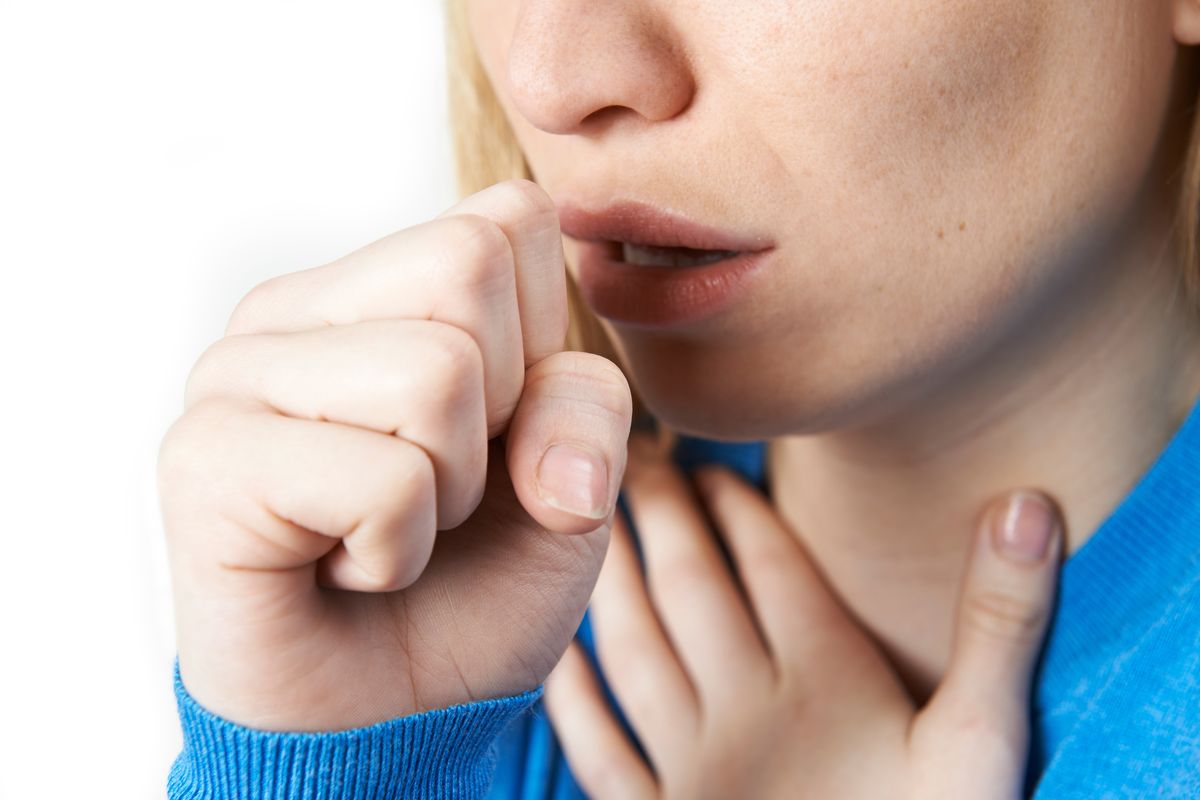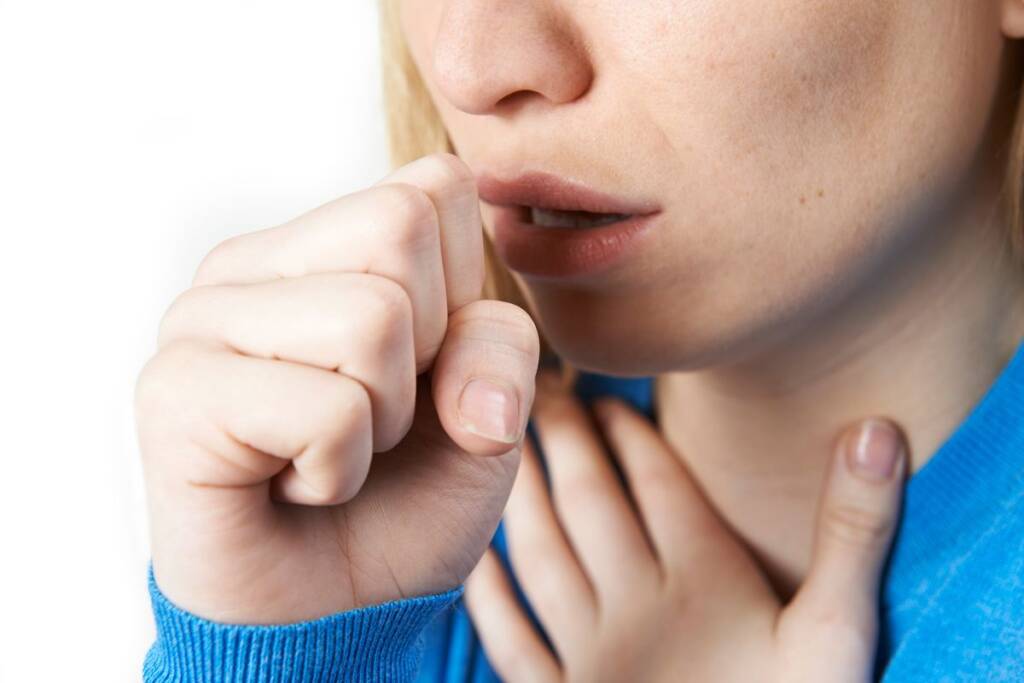Health
Whooping cough: what it is, what the symptoms are and how to treat it

Whooping cough is a contagious infectious disease. Let's find out what the symptoms are and possible treatments.
Among the diseases of bacterial origin, one cannot fail to mention whooping cough. It is one of those that have bacterial origin and usually occur in children and especially under 5 years of age. Also known as whooping cough or whooping cough, whooping cough originates from a bacterium called Bordetella pertussis . In some cases, however, it is possible to become ill even in adulthood.
Let's find out, therefore, everything there is to know about this disease and how to recognize it in time.
Whooping cough: why it's called that
The name of this disease is closely linked to the symptom that most characterizes it and which is, in fact, the cough. In fact, those who suffer from it cough a lot until they have real coughing fits . Furthermore, it is a disease with a slow course and which even after healing maintains the symptom of cough for longer. Sometimes even several weeks are referred to, which is why whooping cough is also called the 100-day cough .

As for contagion, like many other infectious diseases, whooping cough is transmitted by inhaling droplets of infected saliva and then by coughing, sneezing or even simply speaking.
Once in contact with a person who suffers from it, the risk of catching it is 90% as it is an extremely contagious disease.
The incubation, on the other hand, lasts approximately 10 days even if we can speak of a period of time which can go from 5 to 20.
What are the symptoms of whooping cough
This disease usually begins with the presence of phlegm to which other flu-like symptoms are added. These are then followed by a paroxysmal phase which worsens during the night making rest really difficult.
As already mentioned, even during healing and the so-called convalescence period, the cough can still remain present, albeit in an increasingly mild form.
Wanting to estimate the most common symptoms that occur in the various stages of this disease, these are:
– Catarrhal cough
– Sore throat
– Fever
– Nasal congestion
– Sense of general malaise
– Mucus
– Cough with rattle
In the pediatric stage this disease can be dangerous due to the difficulty in breathing .
In more severe cases it can lead to pneumonia, excessive weight loss, epilepsy, apnea and kidney dysfunction.
For this reason, a vaccination against the disease has been arranged. However, it is a disease that should never be underestimated because, over time, immunity tends to wane leading to possible new infections. In case of persistent cough, therefore, it is always very important to make sure you do not have whooping cough. When it occurs, in fact, the wisest choice is to intervene in time in order not to worsen the symptoms and to shorten the course.
To do this, just contact your doctor who, after a careful history, will be able to prepare a nasopharyngeal swab and blood tests.
How to cure whooping cough
The right therapy to recover from whooping cough as soon as possible changes according to the age and symptoms of those who suffer from it. For the little ones, hospitalization may often be necessary, while in adulthood it is possible to take care of yourself at home with antibiotics for the first three weeks and with rest and decongestants for the following period. It should be remembered that once the disease is alive, antibiotics are no longer necessary.
To heal faster it is important to get plenty of sleep (especially during the day given the difficulties at night), take over-the-counter medicines to combat fever and drink plenty of water.
Even a healthy and balanced diet can help you not have digestive problems and get the right nourishment from foods.
Riproduzione riservata © - WT











